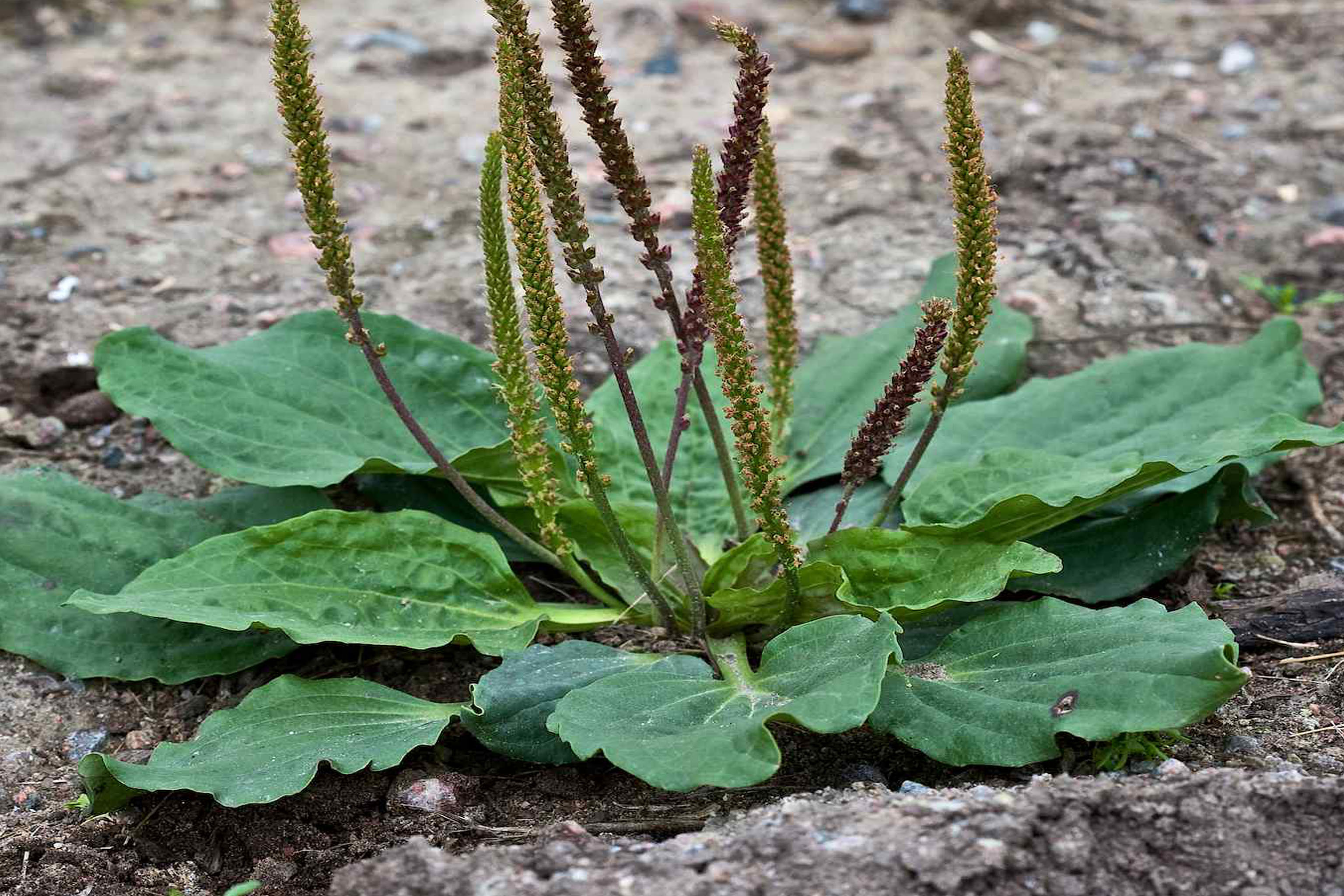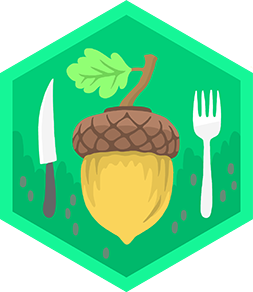Identify a medicinal herb
Find and identify a common medicinal herb outdoors or in a garden using simple observations, smell, leaf shape, and a child-friendly field guide.



Step-by-step guide to identify a medicinal herb
10 Healing Herbs You Need to Try (Beginner's Guide!)
Step 1
Ask an adult to take you to a garden park or a safe green spot.
Step 2
Bring your materials with you to the outdoor spot.
Step 3
Walk slowly and look for plants with interesting leaves or smells.
Step 4
Choose one plant to study closely and stand beside it.
Step 5
Use the magnifying glass to look at the leaf shape veins and edges.
Step 6
Gently rub a leaf between your fingers to release its scent.
Step 7
Smell the leaf carefully without putting it in your mouth.
Step 8
Open your field guide and find pictures that match the leaf shape smell or flowers.
Step 9
Decide which herb in the guide looks most like your plant.
Step 10
Draw the leaf in your notebook using your pencil.
Step 11
Write the plant name or your best guess and the date next to your drawing.
Step 12
If the adult says it is okay collect one small leaf and put it in your sample bag.
Step 13
Ask the adult to read one simple medicinal use from the field guide and listen carefully.
Step 14
Wash your hands with soap and water or use hand sanitizer.
Step 15
Share your finished identification page and notes on DIY.org.
Final steps
You're almost there! Complete all the steps, bring your creation to life, post it, and conquer the challenge!


Help!?
What can we use if we don't have a magnifying glass, field guide, or sample bag?
Use your phone's camera zoom or a cheap reading magnifier to inspect the leaf veins and edges, a plant ID app or printed photos instead of a field guide, and a resealable sandwich bag or folded paper envelope for the small leaf sample.
What should I do if I can't match the plant in the field guide or can't smell the leaf?
If the guide doesn't match or the scent is faint, ask the adult to help take a close photo of the leaf with your phone, gently rub another leaf (with permission) to release scent, and compare both the photo and rubbed leaf to the guide's pictures and scent descriptions.
How can I change the activity for younger or older children?
For younger kids, simplify to walking, choosing a plant, rubbing a leaf for scent, drawing it with a pencil, and having an adult read one medicinal use, while older children can use the magnifying glass, take photos, record detailed notes in the notebook, and upload their identification page to DIY.org.
How can we extend or personalize the identification page after the activity?
Press one collected leaf between book pages to add to your notebook, make a pencil leaf rubbing to show veins, write the plant name, the adult-read medicinal use and the date, then make a photo collage to share on DIY.org.
Watch videos on how to identify a medicinal herb
7 Medicinal Plants for Kids Natural Remedies for Childhood Diseases
Facts about plant identification for kids
🌿 About 25% of modern medicines contain ingredients that originally came from flowering plants.
🍵 Chamomile and mint have been used for calming teas for hundreds of years in homes around the world.
🐝 Flowering herbs like lavender and rosemary are great for attracting helpful pollinators such as bees and butterflies.
👃 Many herbs are easiest to ID by smell—crushing a mint leaf releases strong oils that give its fresh scent.
📚 Nicholas Culpeper wrote a popular 17th-century herbal that helped everyday people learn about plant remedies.
How do I help my child find and identify a common medicinal herb outdoors?
What materials do we need to identify a medicinal herb with a child?
What ages is this herb-identifying activity suitable for?
What safety rules should I teach my child when identifying medicinal herbs?


One subscription, many ways to play and learn.
Only $6.99 after trial. No credit card required



